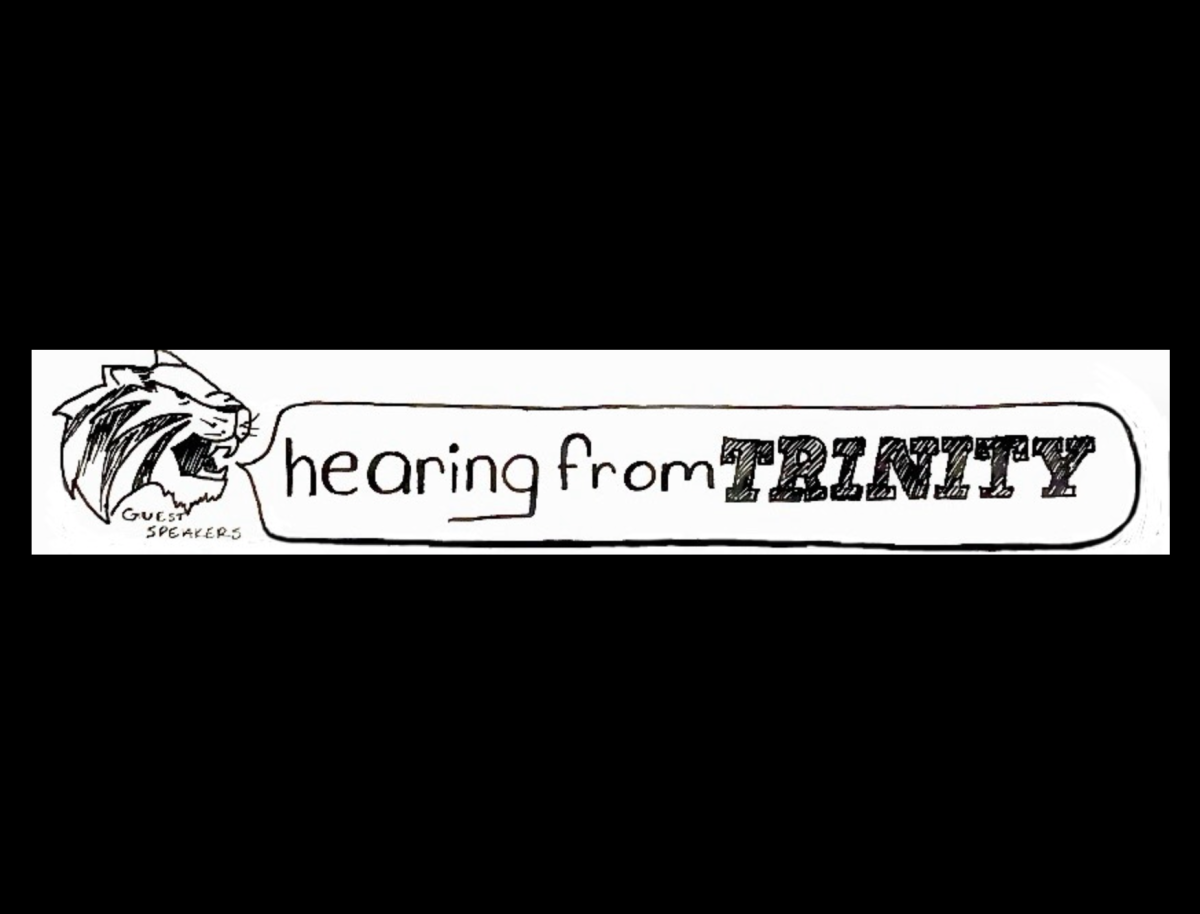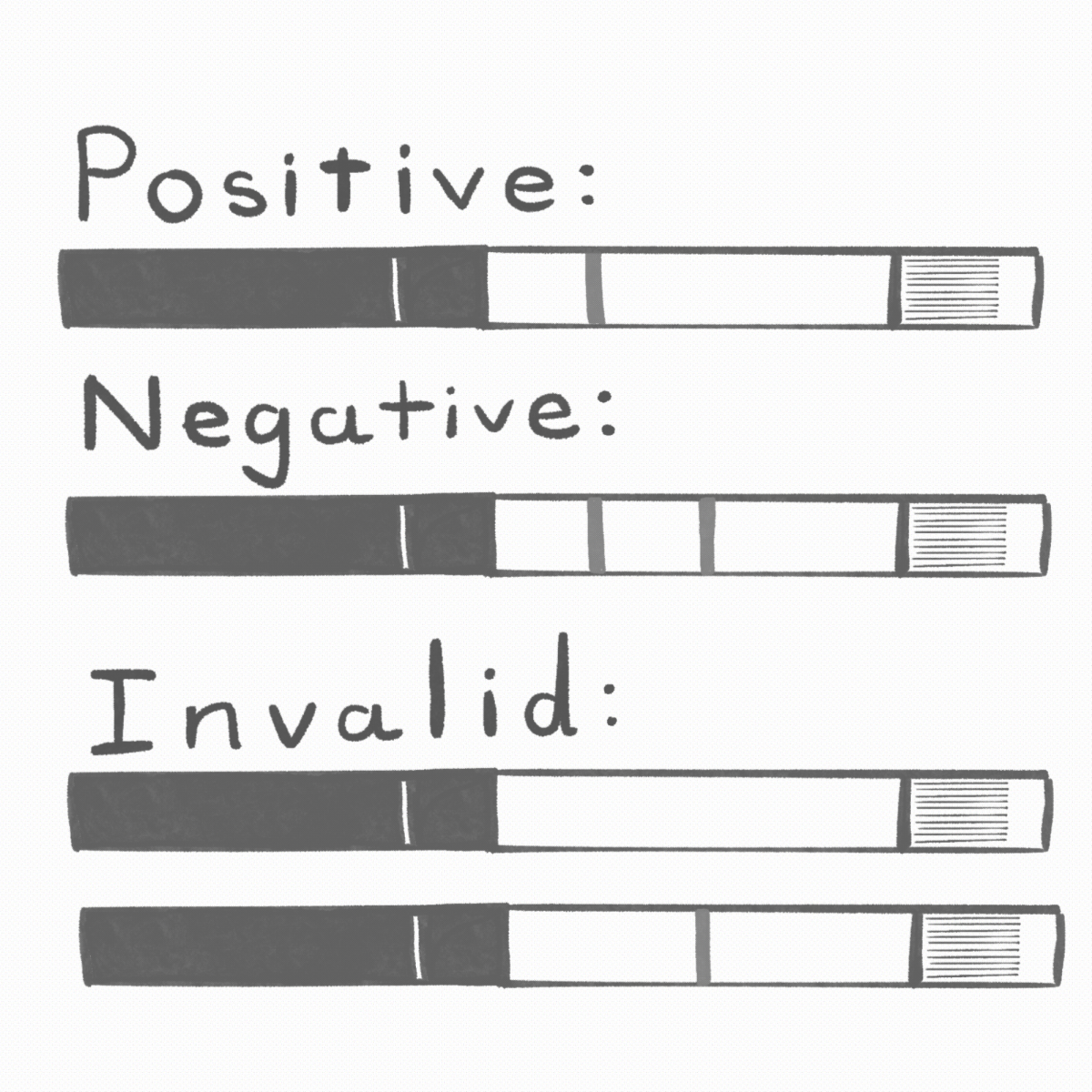Two weeks ago, President Donald Trump kicked off his “war with the media” by refusing to take a question from Jim Acosta during a press conference. “Your organization is terrible,” he shouted at the CNN reporter. “I am not going to give you a question. You are fake news.”
Let’s get one thing straight. For all of its problems, CNN is not fake news.
The phrase “fake news” refers to hoax websites which publish completely false, wildly provocative information in an attempt to generate advertising revenue.
Three days before the 2016 presidential election, a story about the murder-suicide of an FBI agent spread like wildfire through social media outlets. The story was particularly juicy, because the murdered agent was “believed to be responsible for the latest e-mail leaks pertinent to the investigation into Hillary Clinton’s private e-mail server.”
The story was shared over half a million times, and it generated more than 1.5 million unique page views for a publication known as the Denver Guardian. The website billed itself as “Denver’s oldest news source,” and “” at first glance “” it appeared to be real newspaper.
There was just one problem. It was all a lie. There is no such FBI agent. There was no murder suicide. The Denver Guardian is not a real newspaper.
Last October, during Hurricane Matthew, the Boston Tribune claimed that 31 looters had been killed by police and store owners “during a deadly shootout.”
It was a lie. This did not happen. The Boston Tribune is not a real newspaper.
That same month, the Baltimore Gazette reported that Hillary Clinton and John Kerry had been nominated for a Nobel Peace Prize for their role in negotiating the Iran nuclear deal.
It was a lie. This did not happen. The Baltimore Gazette is not a real newspaper.
In early January, the Seattle Tribune reported that six anti-Trump protesters were run over by a delivery truck on a busy freeway.
It was lie. This did not happen. The Seattle Tribune is not a real newspaper.
These are all examples of fake news websites. According to some estimates, purveyors of fake news are able to generate anywhere between $10,000 and $30,000 a month by distributing this dishonest clickbait.
We will never know if the epidemic of fake news sites affected the outcome of the 2016 election. It seems logical that something like this could have made a difference in such a close race, but the more important question is: why are people falling for such an obvious trick?
Fake news sites are successful because web designers use peripheral cues to convince people that they are reading an actual newspaper’s website.
Think about the sorts of things that you would find on legitimate news sites. Almost all newspaper sites include a masthead, a tagline, headlines, bylines, photographs, banner advertisements, social media links, links to other types of news (weather, sports, local news), a registration button and an RSS feed of breaking headlines. Fake news sites strategically deploy all of these things, and they also appropriate the stylistic tics of legitimate newspapers: sans-serif typefaces for headlines, serif typefaces for body copy, narrow columns and the clipped writing style we associate with nuts-and-bolts journalism.
It shouldn’t work, but it does. In a world characterized by information overload, we are forced to take short cuts. We don’t always take the time to look up every online source, so we rely on peripheral cues. Does it look like a newspaper? Does it confirm my political beliefs? Might as well share it with my friends.
The rise of fake news sites is just one of many troubling developments on our political landscape. Never in my lifetime have I seen Americans so deeply divided. We desperately need to recover some sort of common ground.
Here at Trinity University, whether one leans to the right or to the left, most of us can agree that words matter. Logic matters. So do verifiable facts. This belief is at the core of scholarship across disciplines. This belief is also at the core of journalistic practice.
In addition to promoting media literacy efforts, we can take a step toward common ground by educating ourselves about journalistic practices and by recognizing responsible journalism on all sides of the political spectrum.
CNN is not fake news. Nor are Fox News, MSNBC, CNBC, the Wall Street Journal, the New York Times or the Washington Post.
Cable news channels and national newspapers are far from perfect, but most of the journalists who work for these institutions are conscientious professionals. Whether they identify as conservative or liberal, they do their best to report the news in ways that conform with professional guidelines.
According to the Society of Professional Journalists, reporters seek and report the truth. They understand that “ethical journalism should be accurate and fair.” They “support the open and civil exchange of views, even views they find repugnant.” They know that “the highest and primary obligation of ethical journalism is to serve the public.”
Many wondered why the liberal-leaning CNN devoted so much airtime to Trump advocates such as Jeffrey Lord, Kellyanne Conway and Hope Hicks. Ratings and advertising revenue are part of the explanation, but the network’s commitment to balanced journalism is also a factor.
Others were shocked when the conservative-leaning Fox News host Megyn Kelly excoriated Carl Higbie’s claim that the internment of Japanese-American citizens provides an ethical and legal precedent for the creation of a Muslim registry. This, too, was an example of a journalist taking seriously her obligation to serve the public.
Two weeks ago, a particularly fine display of journalistic integrity was displayed when Fox News host Shep Smith passionately defended CNN against President Trump’s claim that the network was “fake news.”
“Though we at Fox News cannot confirm CNN’s reports,” he stated, “it is our observation that its correspondents followed journalistic standards and that neither they nor any other journalists should be subjected to belittling and delegitimizing by the president-elect of the United States,” he stated on air.
I never thought I would write an editorial praising two Fox News commentators, but these are strange times.
Is Fox News biased? Yes. Does it regularly slant the news and elevate my blood pressure? Heck, yes. And I know that conservative Americans feel exactly the same way about CNN and the New York Times. But the fact that we disagree with something does not make it fake news.
Mainstream news outlets are far from perfect. Journalists rely too much on official sources, and are far too quick to fall in line during times of war. As media critic Noam Chomsky regularly reminds us, mainstream media outlets typically operate within relatively narrow “boundaries of permissible thought.”
Neither Fox News nor CNN is likely to seriously consider the claim that capitalism is an intrinsically flawed economic system. Similarly, the New York Times and Wall Street Journal are unlikely to acknowledge that American military action overseas is often motivated by economic self-interest. For these perspectives, one must seek out alternative media.
Like all of us, mainstream media outlets are both free and flawed. But they matter.
Whether ferreting out corruption on Wall Street, documenting war crimes in My Lai and Abu Ghraib, exposing corrupt politicians (both Republicans and Democrats) or highlighting the widespread surveillance projects of the National Security Agency, mainstream journalists have risen to the challenge again and again.
In a world full of fake news, we need real journalists more than ever before. But we can’t place all of the responsibility on their shoulders. We need to educate ourselves about the ways that other people are attempting to persuade us. We should ask questions about everything we see. We need to look things up. We, too, must seek the truth.






